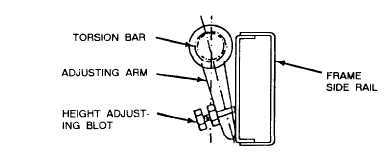
Figure 12-14. - Ball joint wear indication.
one-sixteenth inch (fig. 12-14). As the ballpoint wears, the nipple will move up into the balljoint housing. When the nipple is flush with the housing,replace the ball joint.
6. Check the shock absorber action and front springs for sagging or breakage.
7. Check the vehicle height. If the vehicle uses torsion bars vice coil springs, adjust the height by turning the adjusting bolt (fig. 12-15).

Figure 12-15. - Torsion bar adjusting bolt.
8. Inspect the steering wheel for excessive play and rough travel. The sector shaft (cross shaft) may require adjustment, which often cures steering looseness.
9. Vehicles should be aligned at curb height and weight. This means the vehicle should have no passengers, a full tank of fuel, and the proper amounts of coolant and lubricants. The spare tire and jack must be in the proper location.
ADJUSTABLE SUSPENSION ANGLES
Procedures for front-end alignment vary considerably with each make and model of vehicle. However, the basic principles do not change. Camber refers to the same angle in a Jeep as it does in a 15-ton stake truck Figure 12-16 shows some of the various adjustments for different model vehicles. Manu- facturers have designed different ways of controlling front-end alignment adjustments. They are all a variation of one of the following:
Continue Reading